Astronomers observe dramatic change in interstellar object behavior.
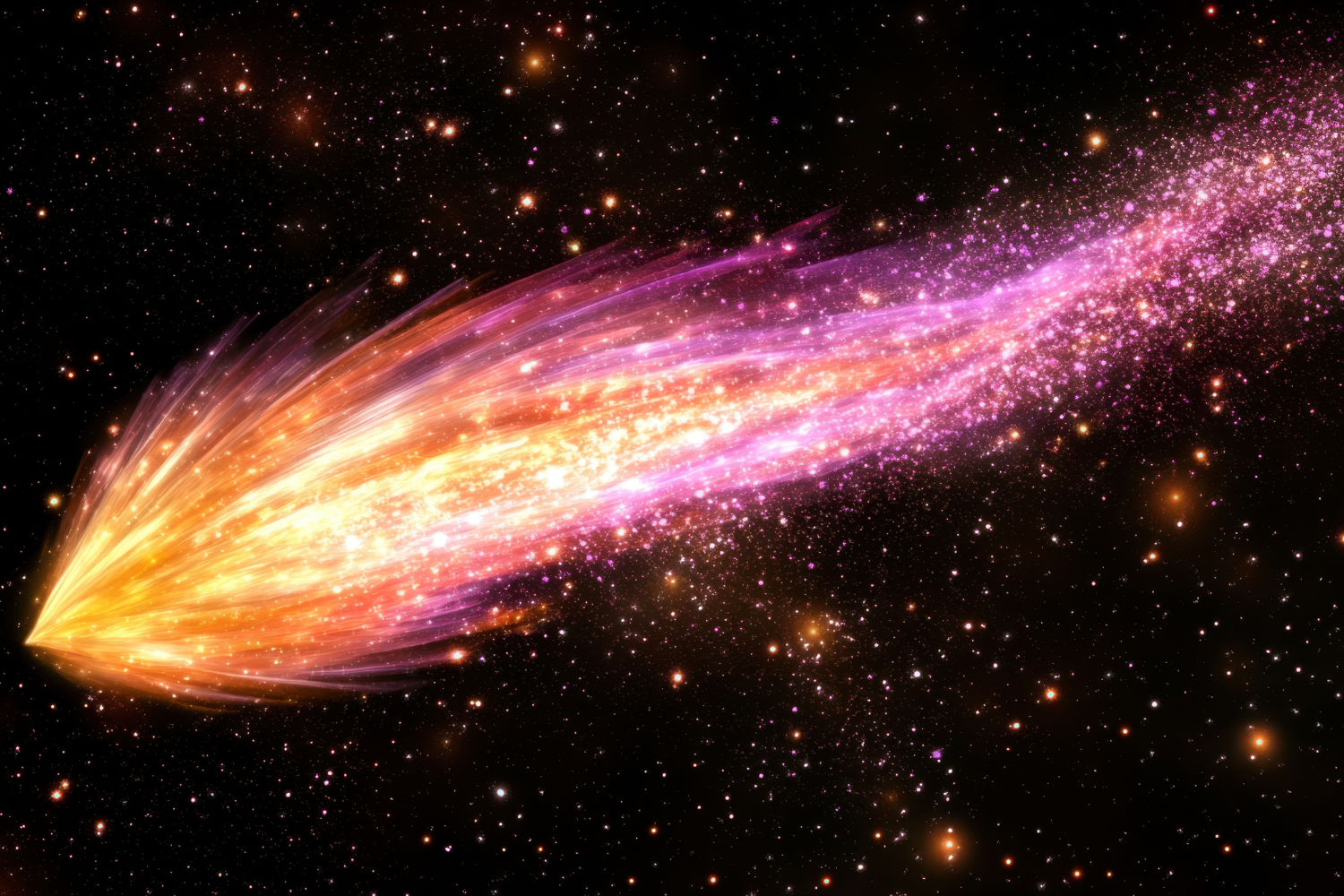
A newly discovered visitor from beyond our solar system, 3I/ATLAS, has surprised astronomers with what appears to be a spectacular and sudden disintegration near the Sun. First spotted in July 2025 as it entered the inner solar system, the object pursued a hyperbolic trajectory that clearly marked it as interstellar. As it reached perihelion in late October, the spacecraft and Earth-based telescopes observed an intense brightening followed by signs that the object may be fragmenting. If confirmed, this event offers a rare glimpse into how ancient bodies from deep space behave under extreme solar stress.
1. The interstellar visitor brightened unexpectedly as it approached the Sun.
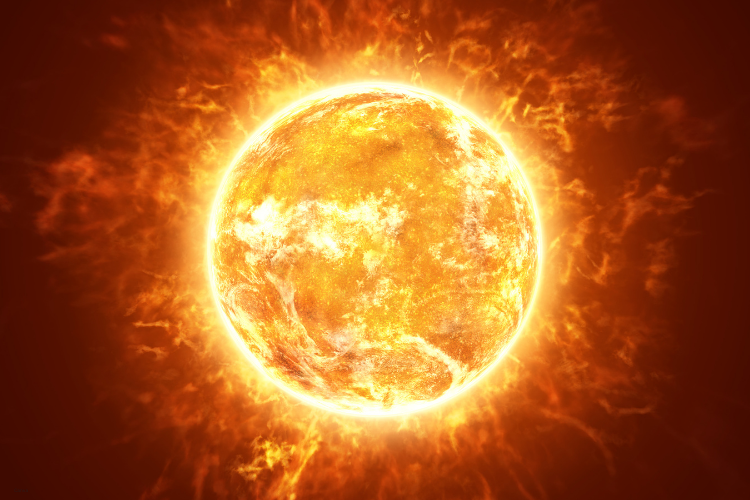
Observations of 3I/ATLAS revealed a rapid increase in brightness when it neared perihelion, a behavior far more extreme than typical comets, and according to recent reporting this suggests a dramatic change in its physical state. The object displayed a spike in outgassing and unusual tail structures during its solar encounter, as reported by Futurism. That kind of sudden activity often signals structural failure or fragmentation in cometary bodies under intense solar heating. The brightening thus raised immediate questions about whether the interloper was undergoing a breakup event.
2. Data shows the object may have disintegrated into many fragments.

Post-perihelion imagery and analysis indicate that 3I/ATLAS could have broken into multiple pieces, as discovered by researchers on site and through remote sensing. Some scientists now propose that the body shed a massive amount of mass, perhaps splitting into more than a dozen fragments. That scenario would explain the sudden acceleration and change in trajectory seen in recent tracking data. If indeed it fragmented, we are witnessing the destruction of an object that originated outside our solar system.
3. Non-gravitational acceleration suggests mass loss or breakup.

Detailed tracking reveals that 3I/ATLAS experienced an unexpected “kick” in its velocity that cannot be fully explained by solar gravity alone, as stated by space.com. This anomalous acceleration is consistent with large-scale mass loss or disintegration, rather than conventional sublimation alone. The effect implies that chunks of the object might have peeled off or exploded, altering its motion in measurable ways. Connecting those orbital deviations with the brightening event gives a coherent picture of a dramatic structural change.
4. The object’s interstellar origin deepens the scientific intrigue.
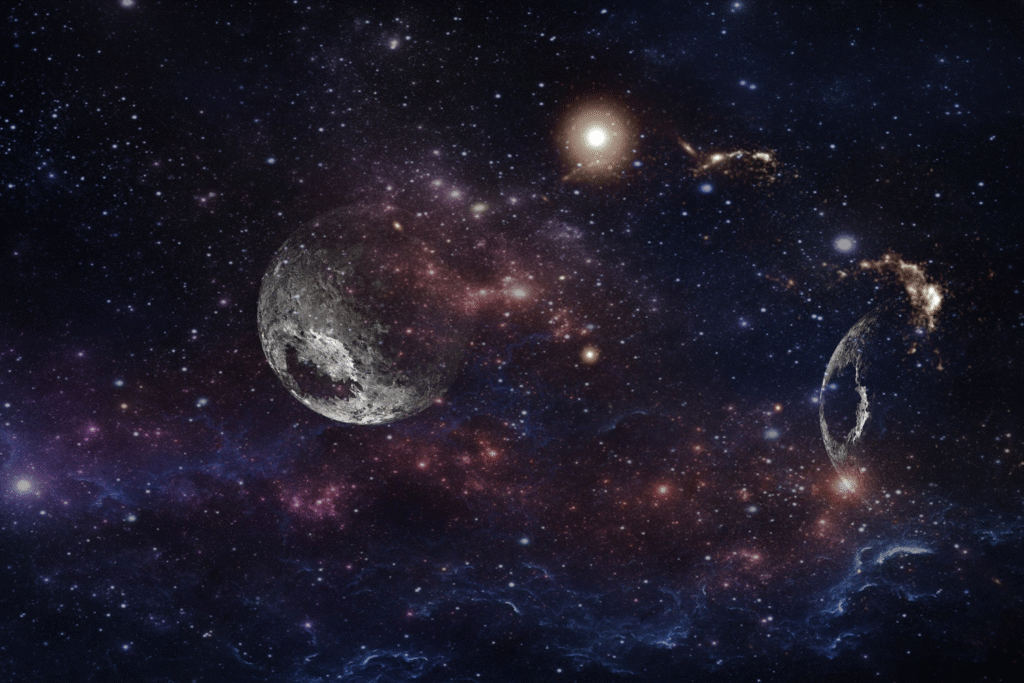
Unlike most comets that originate from the Kuiper Belt or Oort Cloud, 3I/ATLAS came from outside the solar system and thus carries ancient material from another star system. Knowing that adds weight to the fragmentation scenario because we are dealing with something far older and possibly more fragile than normal comets. Its hyperbolic path and high speed confirm its interstellar provenance, making the potential breakup event not just a cometary tale but a look into extrastellar debris encountering intense solar forces.
5. Solar heating likely triggered structural failure of the object.
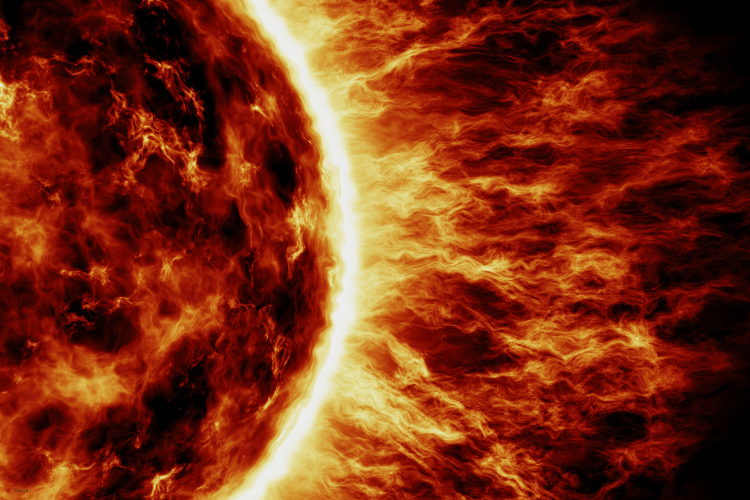
As 3I/ATLAS approached the Sun, the intense radiation and increasing temperature would have rapidly accelerated the sublimation of volatile ices, and combined with internal stresses this can lead to cracking and fragmentation. The brightening and decay of the tail plus the acceleration make it plausible that internal pressure built up until parts of the nucleus exploded or shattered. This process, seen in some solar system comets, would be magnified for an ancient interstellar object exposed for the first time to such extreme conditions.
6. The event offers new insight into how interstellar bodies evolve.

This possible explosion or disintegration gives astronomers a unique window into how bodies from other star systems respond when they enter hostile regions of a new sun system. By observing the dynamics, composition changes, and fragmentation behavior, researchers can compare with solar system comets and refine models of extrasolar small body physics. The fact that this object came from afar means the lessons learned could reshape how we think about comet formation, survival and destruction in deep space.
7. Observatories will monitor arising fragments and debris trails.
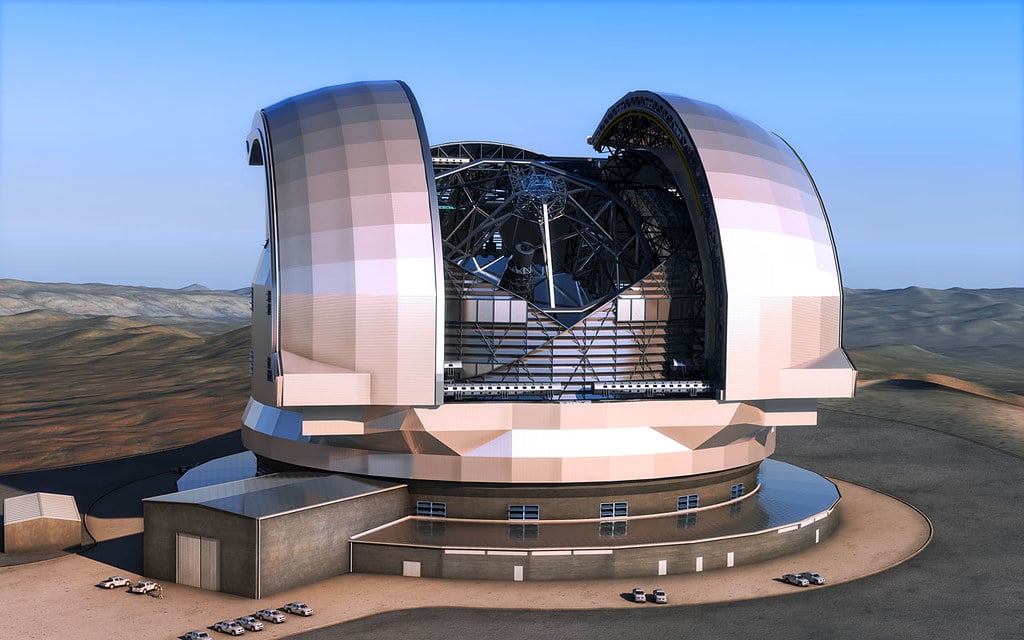
Now that 3I/ATLAS may have broken apart, telescopes worldwide are looking for the resulting fragments, dust trails and gas emissions. By tracking how the debris disperses, scientists hope to estimate the size of the original nucleus, the distribution of fragments and the timeline of breakup. These follow-up observations are vital, because the aftermath of the event will tell us whether the object simply shed mass or completely disintegrated.
8. The findings challenge our assumptions about small bodies from space.

Until now we had limited data on how interstellar objects behave when they encounter a star like our Sun. The potential explosion of 3I/ATLAS suggests they might be far more volatile, fragile or reactive than anticipated. That insight forces a reconsideration of how we evaluate interstellar visitors in the future, their survival probabilities and the kinds of risks and opportunities they present for science.
9. There are still many unknowns about the event and its cause.

Despite the compelling data, a definitive conclusion that the object exploded remains tentative. Questions remain about the precise cause, whether internal pressure, thermal shock, tidal forces or rotational breakup triggered the fragmentation. Without in-situ sampling or detailed high-resolution imagery of the fragments, the full story remains obscured. Researchers are cautious but excited, aware that this uncommon event may not match any previous model exactly.
10. The observation underscores the value of watching cosmic wanderers.

Finding 3I/ATLAS and then watching it potentially break apart is a reminder of how much the universe still surprises us. Interstellar objects like this are rare but rich in information about processes beyond our solar system. By carefully studying these travelers, we gain insights into distant worlds, extreme environments and fundamental physics. This event may prove to be a landmark in interstellar object research, showing how alive and unpredictable each visitor can be.
